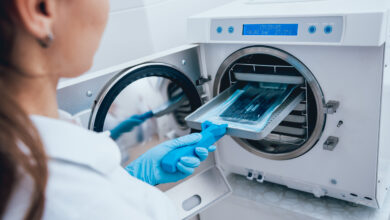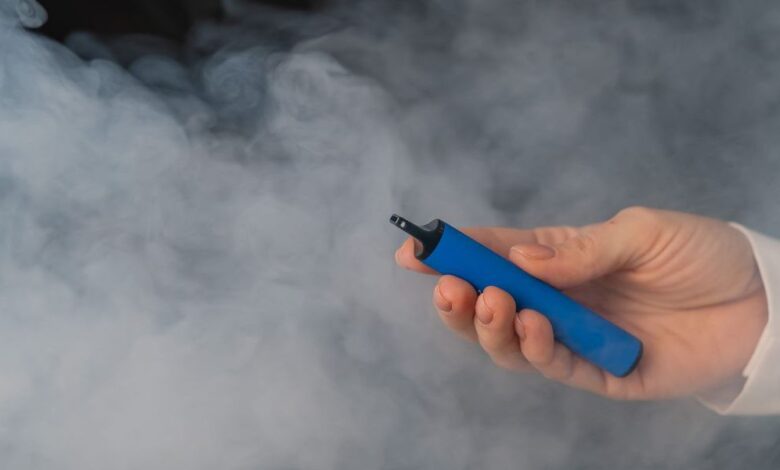
Behind the Cloud: An In-Depth Guide to Vape Juice Production
The experience of vaping lies not just in the device you’re using, but in the elixir that fuels it – the vape juice. Since the advent of e-cigarettes, the vaping industry has seen a monumental rise in popularity. In the United States alone, the number of adults who have tried vaping at least once exceeded 10% by 2020. With an ever-growing community of enthusiasts, it becomes increasingly relevant to explore and understand the intricacies of vaping, starting with the creation of its most vital component – the vape juice.
Vape juice, also known as e-liquid or e-juice, is the fluid that gets transformed into aerosol by e-cigarettes and vaporizers. It is a concoction of ingredients like Propylene Glycol (PG), Vegetable Glycerin (VG), nicotine, and an array of flavorings. The ratio of these ingredients can drastically alter the vaping experience, affecting everything from the intensity of the flavor to the thickness of the vapor. Understanding the production process of vape juice and the factors that influence its composition can provide users with insight into their vaping choices. This article breaks down the complex production process.
The Composition of Vape Juice
Vape juice, while appearing as a simple liquid to the untrained eye, is actually a careful combination of several key ingredients. These include Propylene Glycol (PG), Vegetable Glycerin (VG), nicotine, and various flavorings. Each ingredient in vape juice defines the vaping experience and influences aspects such as flavor intensity, vapor density, and throat hit.
Propylene Glycol (PG) is a colorless and nearly odorless substance, renowned for its ability to carry and enhance flavor profiles in the vape juice. Vegetable Glycerin (VG) is responsible for the creation of dense clouds of vapor, a characteristic greatly appreciated by the cloud-chasing community. Nicotine, the optional yet often included component, provides the “throat hit” sensation familiar to traditional cigarette smokers. It comes in various strengths, allowing vapers to tailor their vaping experience to their nicotine preferences. Lastly, the flavorings are what make the vaping experience diverse and enjoyable, with an astounding variety of options available, ranging from classic tobacco to exotic fruits, sweet desserts, and many more.
Understanding the role of each ingredient in vape juice isn’t just interesting from a scientific perspective, it empowers vapers to make informed choices. For instance, someone looking for a flavorful vaping experience might opt for a vape juice with a higher PG ratio, while those interested in creating large clouds may favor a VG-heavy mix. Nicotine levels can be adjusted based on individual needs, and the wide array of flavor options caters to virtually any palate.
The Production Process of Vape Juice
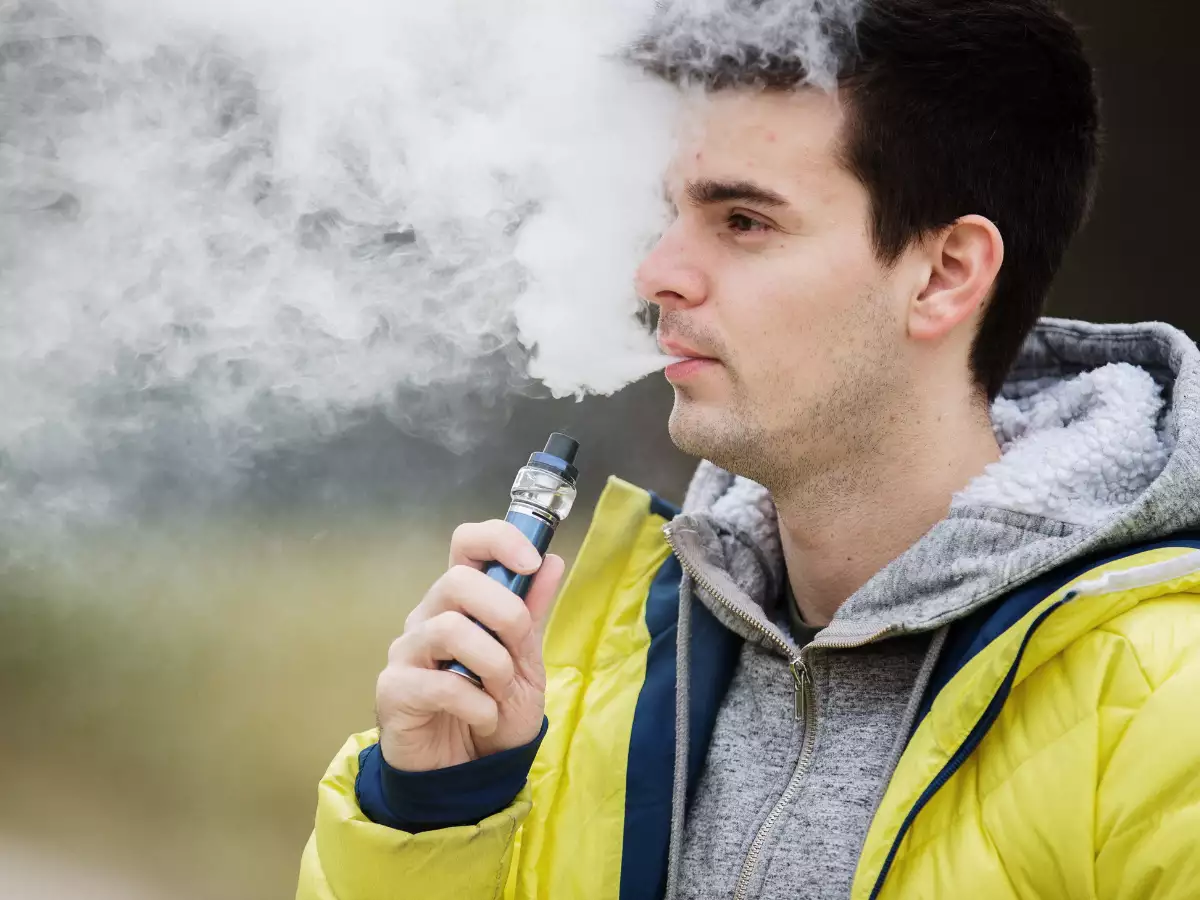
1. Sourcing and Quality Checking of Ingredients
The creation of premium vape juice begins with the careful sourcing of high-grade ingredients. This includes Propylene Glycol (PG), Vegetable Glycerin (VG), nicotine, and a wide assortment of flavorings. These ingredients are subject to rigorous quality control to ensure their safety and effectiveness in the final product.
2. The Art of Mixing
Once the ingredients are sourced and approved, they enter the mixing process. Each ingredient is measured and combined in precise ratios, following a unique recipe that determines the end vaping experience. The variety in the proportions of PG, VG, nicotine, and flavorings can greatly influence the flavor intensity, vapor density, and the overall satisfaction of the vapor.
3. The Steeping Process: Enhancing the Flavors
After mixing, the e-juice undergoes a process known as steeping. Steeping allows the flavors to blend and mature, akin to aging a fine wine. Various steeping techniques exist, each with its own effect on the overall taste and vaping experience.
4. Bottling and Packaging
The final steps in vape juice production are bottling and packaging. This is done while ensuring sterile conditions to preserve the integrity of the product. The filled bottles are then sealed, labeled, and packaged, ready for distribution. At this stage, the product undergoes one last round of quality checks before it hits the market, ensuring the end-user receives a safe and high-quality vaping experience.
Safety and Regulations in Vape Juice Production
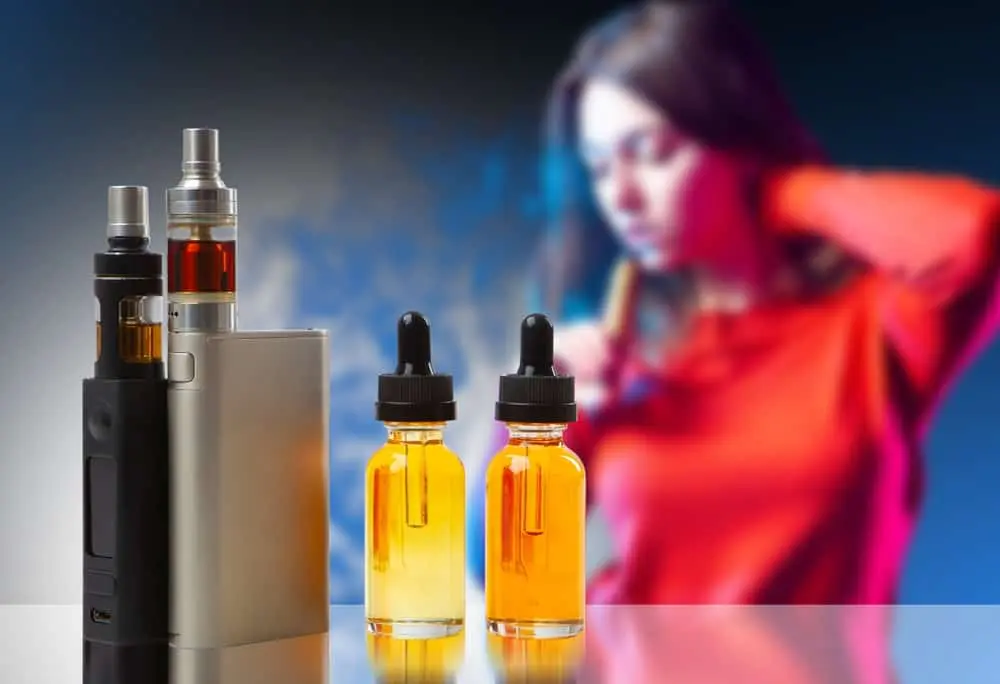
The production of vape juice is governed by a set of health and safety regulations designed to ensure the quality and safety of the final product. These regulations typically cover the sourcing and quality of ingredients, production methods, packaging, and labeling. They include stipulations about the safe handling of nicotine, accurate reporting of nicotine levels, and the use of child-resistant packaging. Manufacturers must also adhere to guidelines related to cleanliness and sanitary conditions during production.
The Role of the FDA and Other Regulatory Bodies
The U.S. Food and Drug Administration (FDA) plays a significant role in overseeing the vape juice industry. Under the Family Smoking Prevention and Tobacco Control Act, the FDA has the authority to regulate the manufacturing, marketing, and distribution of tobacco products, including e-cigarettes and vape juice. The agency’s rules aim to reduce the risk of contamination during manufacturing, prevent misleading marketing, and ensure that products meet certain standards.
Importance of Buying from Reputable Manufacturers
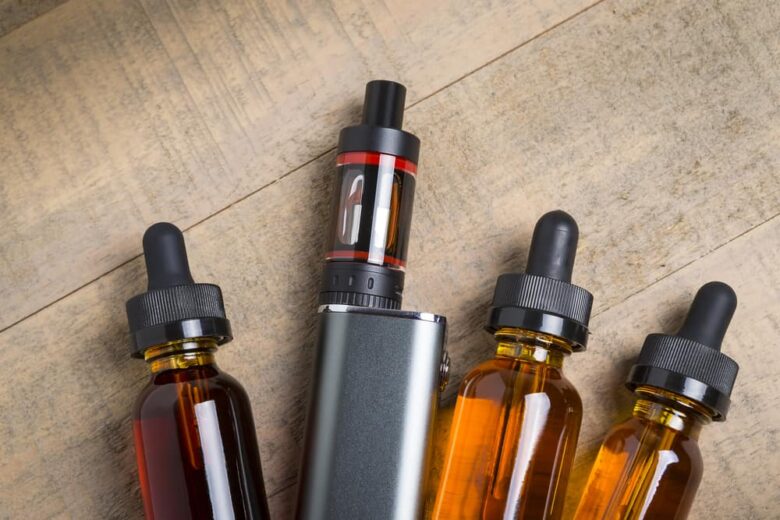
Given the stringent regulations governing the production of vape juice, consumers must purchase from reputable manufacturers. Reliable manufacturers adhere to FDA guidelines, ensuring that their vape juice is produced under hygienic conditions, with accurate ingredient listings and nicotine levels. They also have extensive quality control processes so each batch of vape juice meets high-quality standards. Buying from manufacturers not only guarantees a better vaping experience but also contributes to the safety and overall satisfaction of the user.
Understanding the intricate process behind vape juice production empowers consumers to make informed decisions, allowing them to maximize their vaping experience and ensure the safety and quality of the products they use. As the vaping industry continues to evolve, so does the need to keep abreast of the changes in production processes, regulatory measures, and emerging trends for the ever-growing vaping community.



